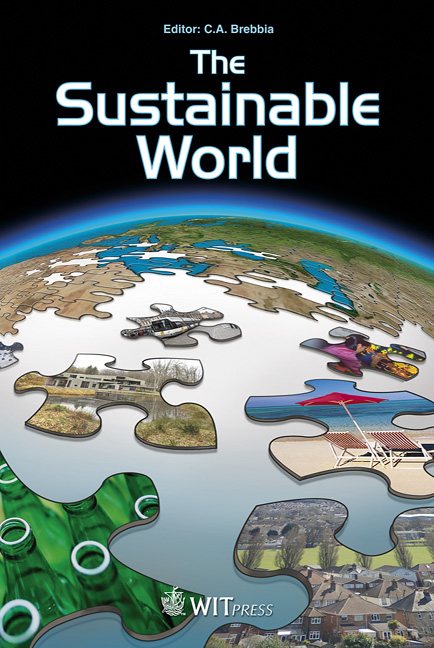Local Area Greywater Symbiosis Approach To A More Sustainable Urban Water Management
Price
Free (open access)
Transaction
Volume
142
Pages
11
Page Range
193 - 203
Published
2010
Size
3,094 kb
Paper DOI
10.2495/SW100181
Copyright
WIT Press
Author(s)
S. M. Zadeh, D. R. Lombardi, D. V. L. Hunt & C. D. F. Rogers
Abstract
Stress on water resources in some areas is reaching critical levels due to population growth, rapid urbanization, economic development, climate change, and an ageing infrastructure. Greywater reuse has been explored as a more sustainable water resource management option to displace demand for fresh water, largely for residential use on a household or building level. However, the infrastructure needed and the disinfectant required for greywater systems make it difficult to see these systems as environmentally friendly and cost-effective, especially for individual households. The research reported herein tests the hypothesis that greywater reuse shared amongst users in neighbouring residential, office and commercial buildings may improve the feasibility of, and hence make more sustainable, greywater recycling as part of urban water management. The local area symbiosis scheme is designed in three stages: first, calculating a balance between greywater supply and demand in the area based on class of use (residential, office, or other); second, estimate sharing (local recycling) potentials based on the quantities available and requirements for use; and finally, estimating the sustainability of the proposed system by considering the technologies and infrastructure required for implementation. Keywords: greywater recycling, urban regeneration, reuse, sustainable urban water management, urban recycling. 1 Today’s water situation Almost all of the world’s water (97%) occurs as salt water. Of the remaining 3%, two-thirds occurs as snow on ice in the polar and Alpine regions; only about 1% of global water occurs as fresh water. More than 98% of this fresh water occurs as groundwater, while less than 2% is available in streams and lakes. Liquid
Keywords
greywater recycling, urban regeneration, reuse, sustainable urban water management, urban recycling





